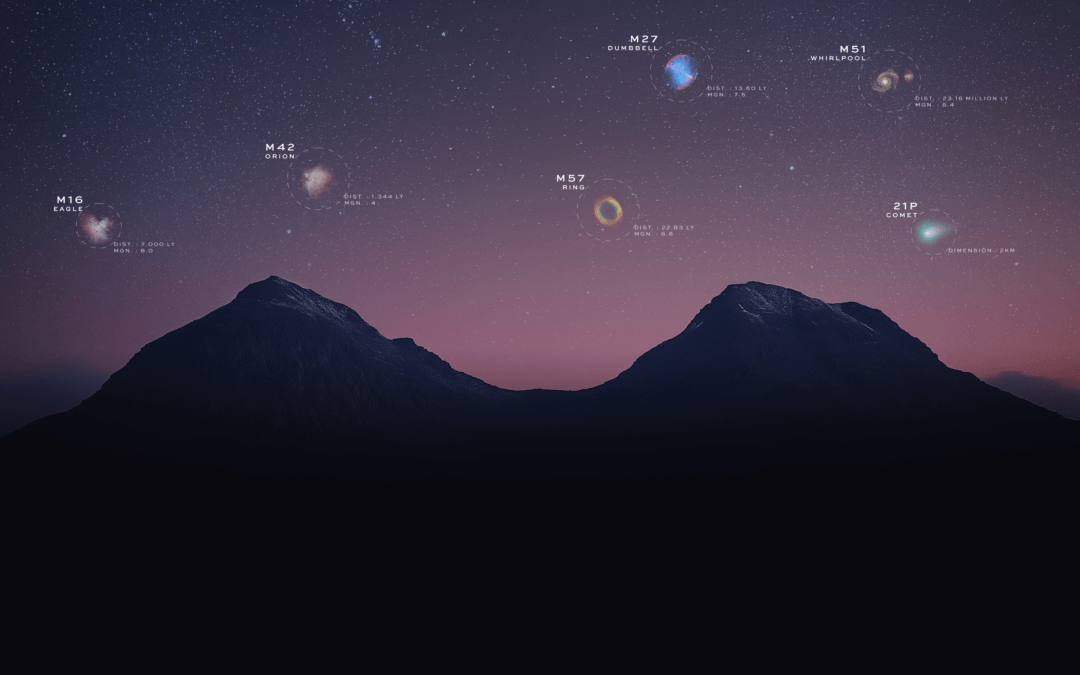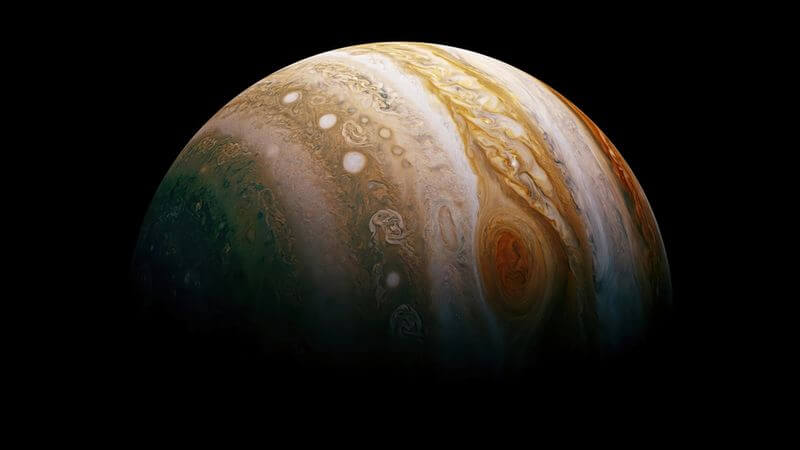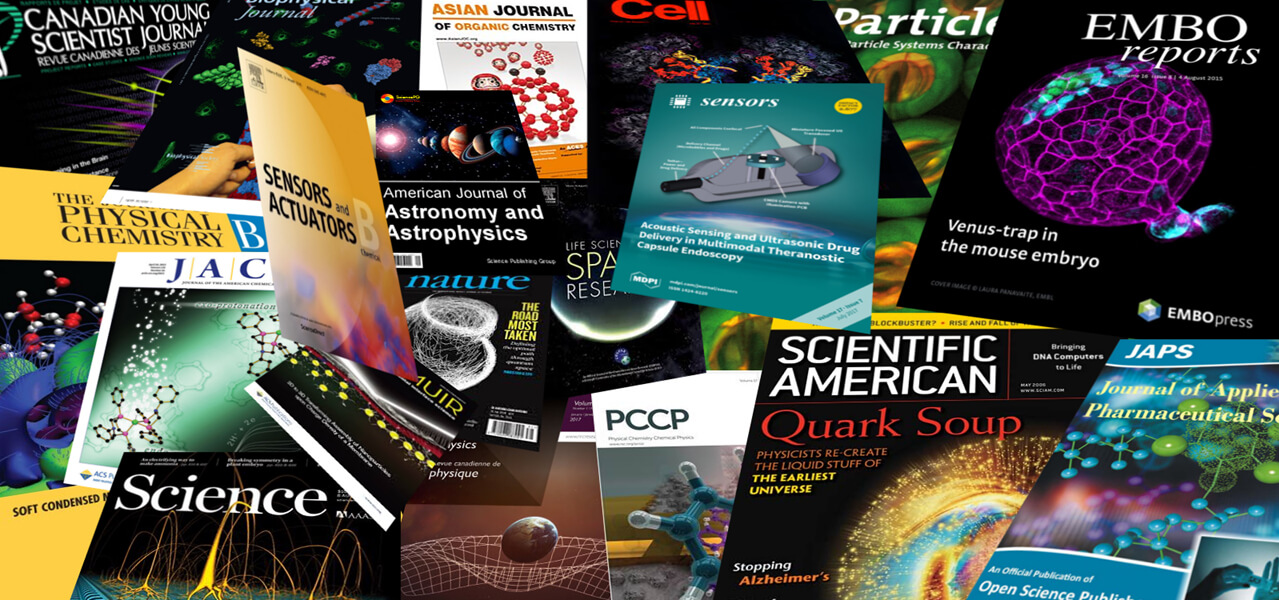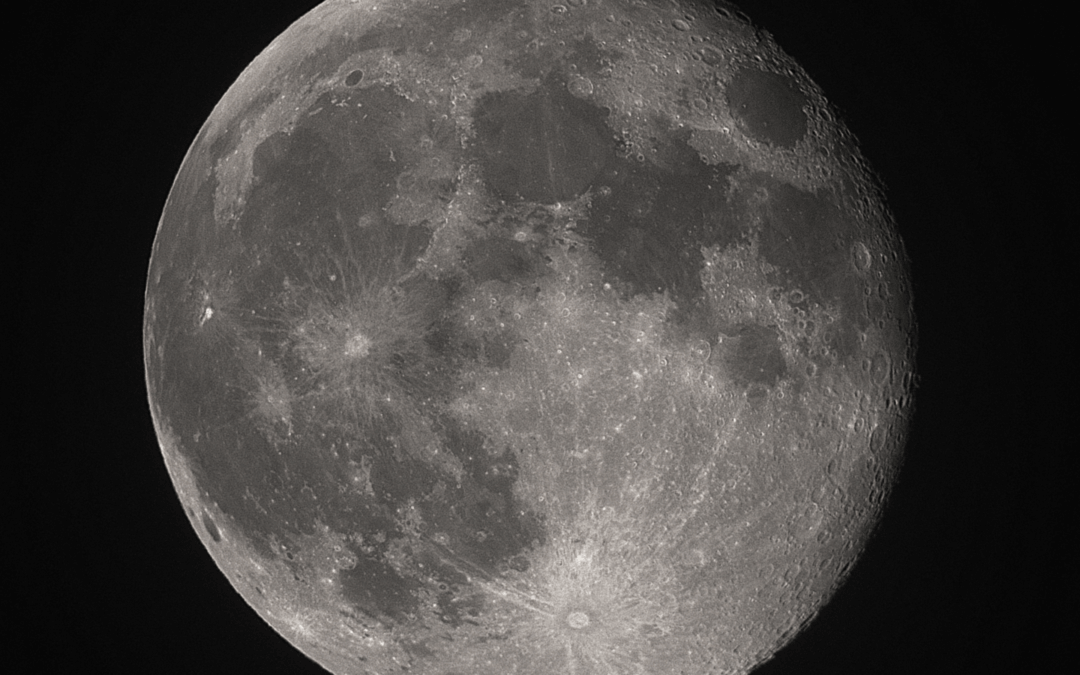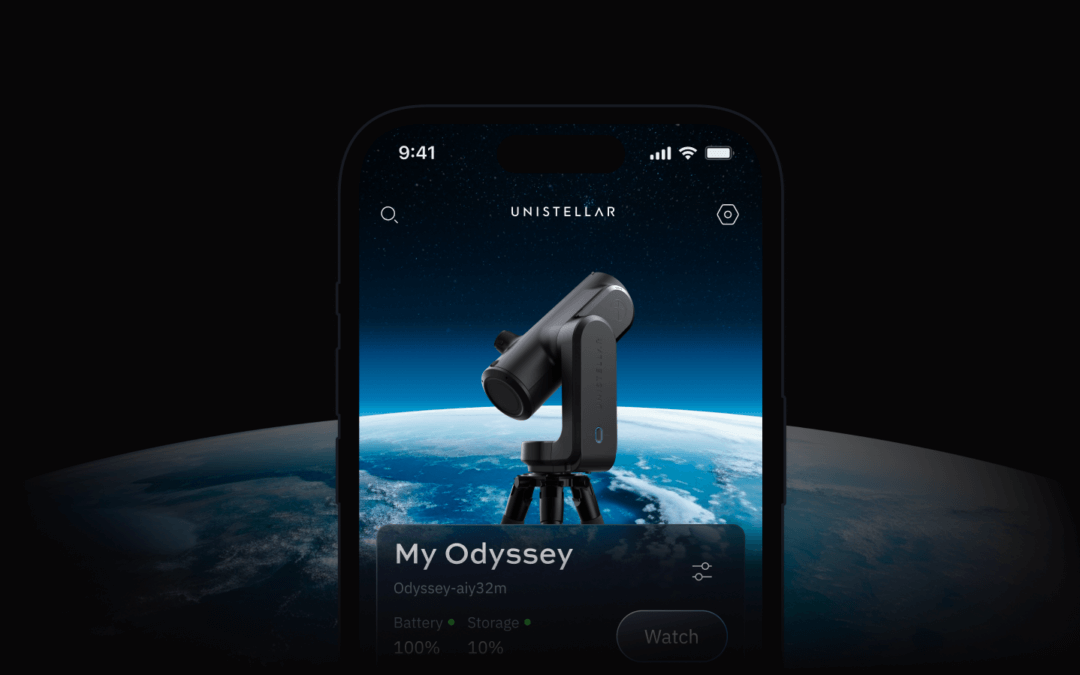Halloween as we know it today has its roots deep in a number of ancient traditions celebrating the end of harvest and the beginning of the darker half of the year. In some cultures, the barrier between our world and the spiritual world was believed to be particularly thin around this time. If you looked carefully, some thought, you might peer beyond the veil of our physical reality and catch a glimpse of another realm.
Amateur astronomers and skygazers celebrate the season as a chance to peer into another realm, too, though this one is celestial rather than supernatural. Get into the spirit with some spooky deep-sky objects hiding amidst the stars!
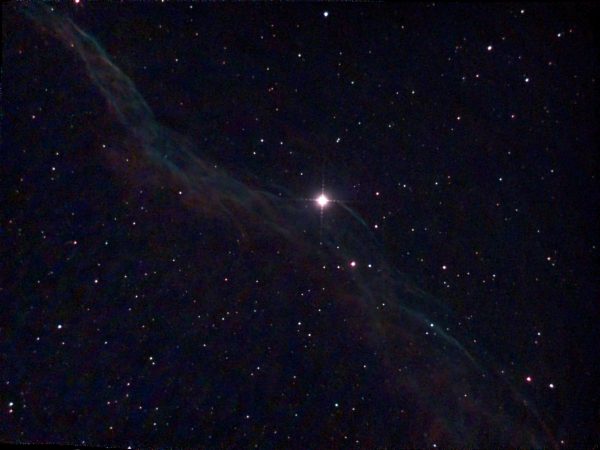
Image captured by Unistellar eVscope user Chuck Brown (USA)
Witch’s Broom Nebula
Does a celestial witch hide in the constellation Cygnus? In the western part of the Veil Nebula, the leftovers from a supernova, the Witch’s Broom Nebula lies. In our night sky, the entire Veil Nebula, as well as the Witch’s Broom, sweeps across 6 times the length of the full Moon!
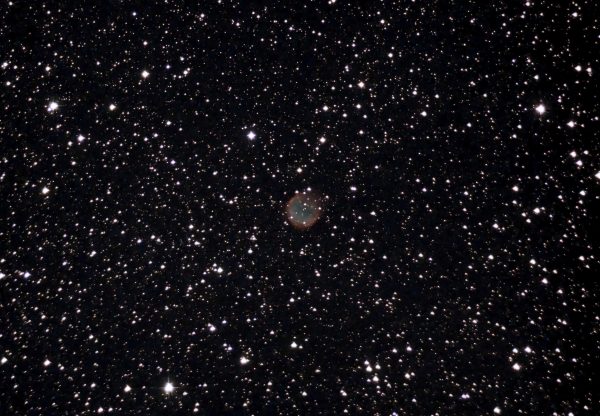
Ghost of the Moon Nebula
For a ghostly treat, look toward the constellation Aquila for this planetary nebula, NGC 6781, resembling a pale, yet eerily colorful shadow of our Moon. Fittingly, it’s the matter left behind after the death of a star — perhaps the closest analogue to a real ghost!
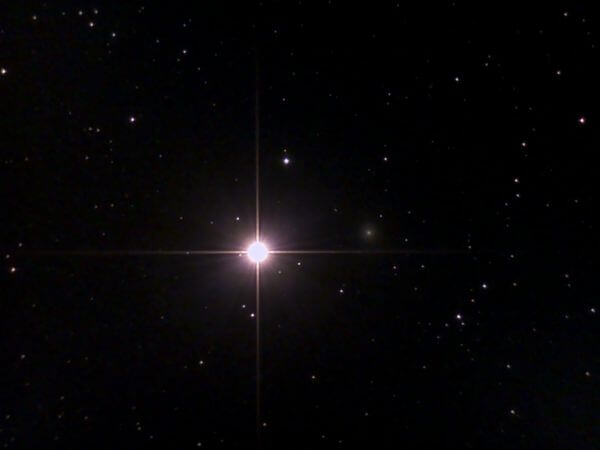
Image captured by Unistellar Ambassador David Rowe (United Kingdom)
Mirach’s Ghost
This small, isolated galaxy (also known as NGC 404) hides in the glimmer of the star Mirach, within the constellation Andromeda. On frightening nights lit by the howling Moon, you may catch a fleeting glimpse of its shape. Or was that just a ghost?
Cosmic Bat Nebula
In a dark, forgotten part of Orion lurks this phantasmic creature, spreading ghostly wings to soar amidst the stars. The Cosmic Bat Nebula, or NGC 1788, is a reflection nebula carved out by the winds from Orion’s large stars.
Wizard Nebula
Much like a wizard’s long robes, the Wizard Nebula cloaks the open star cluster NGC 7380. Found in the constellation Cepheus, the wizardry of this ethereal nebula is powerful enough to form stars and create pillars of dust and gas.
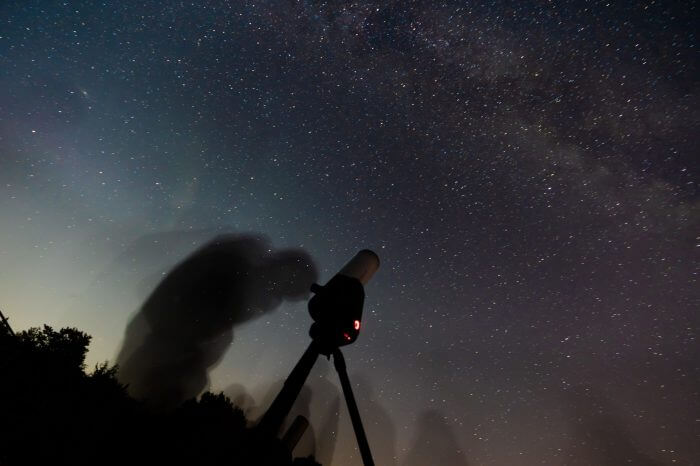
We encourage you to share your observations and join the conversation through our Facebook, Instagram and Twitter pages using the hashtag #UnistellarChallenge!
If you’d like to send us your observations by email, send them to [email protected].
Clear skies! 🔭
Further readings
3 Reasons to observe this month
Every month, discover three unmissable celestial events to observe with your Unistellar telescope.
Observing Eclipses on Jupiter: Cosmic Spectacles Through a Telescope
The latest Unistellar App Update, version V3.0, is now live. Explore a smooth stargazing experience !
Unistellar Community Included In Multiple Scientific Papers
Did you know Unistellar Citizen Astronomers are often cited in published scientific papers? Find out how you can contribute too!
What Are the Names of All the Full Moons in 2024?
Discover the enchanting names of the full moons in 2024. Delve into the unique character of each lunar spectacle and embrace the allure of the night sky.
New Unistellar App Update: Version 3.0
The latest Unistellar App Update, version V3.0, is now live. Explore a smooth stargazing experience !
What to Observe This November: Open Star Clusters and More
These Halloween deep-sky objects will add some light to those dark, spooky nights. Treats, tricks, and telescopes await!

